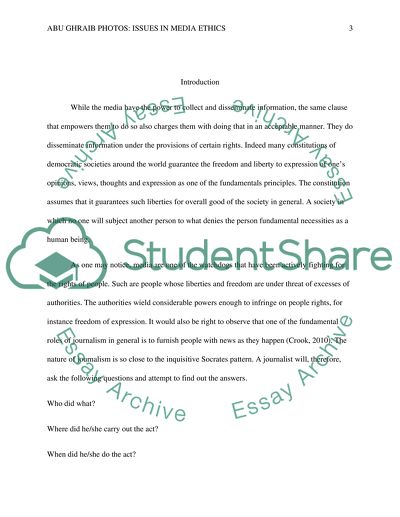Cite this document
(“Abu Ghraib Photos: Issues in Media Ethics Essay”, n.d.)
Abu Ghraib Photos: Issues in Media Ethics Essay. Retrieved from https://studentshare.org/journalism-communication/1448479-abu-ghraib-photos-issues-in-media-ethics
Abu Ghraib Photos: Issues in Media Ethics Essay. Retrieved from https://studentshare.org/journalism-communication/1448479-abu-ghraib-photos-issues-in-media-ethics
(Abu Ghraib Photos: Issues in Media Ethics Essay)
Abu Ghraib Photos: Issues in Media Ethics Essay. https://studentshare.org/journalism-communication/1448479-abu-ghraib-photos-issues-in-media-ethics.
Abu Ghraib Photos: Issues in Media Ethics Essay. https://studentshare.org/journalism-communication/1448479-abu-ghraib-photos-issues-in-media-ethics.
“Abu Ghraib Photos: Issues in Media Ethics Essay”, n.d. https://studentshare.org/journalism-communication/1448479-abu-ghraib-photos-issues-in-media-ethics.


